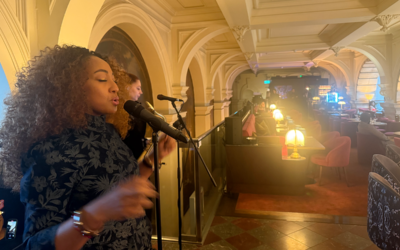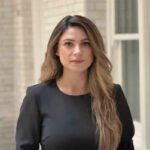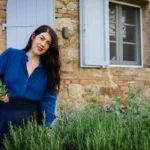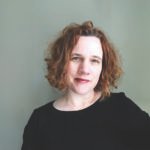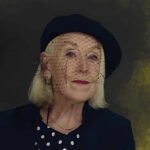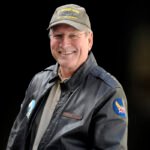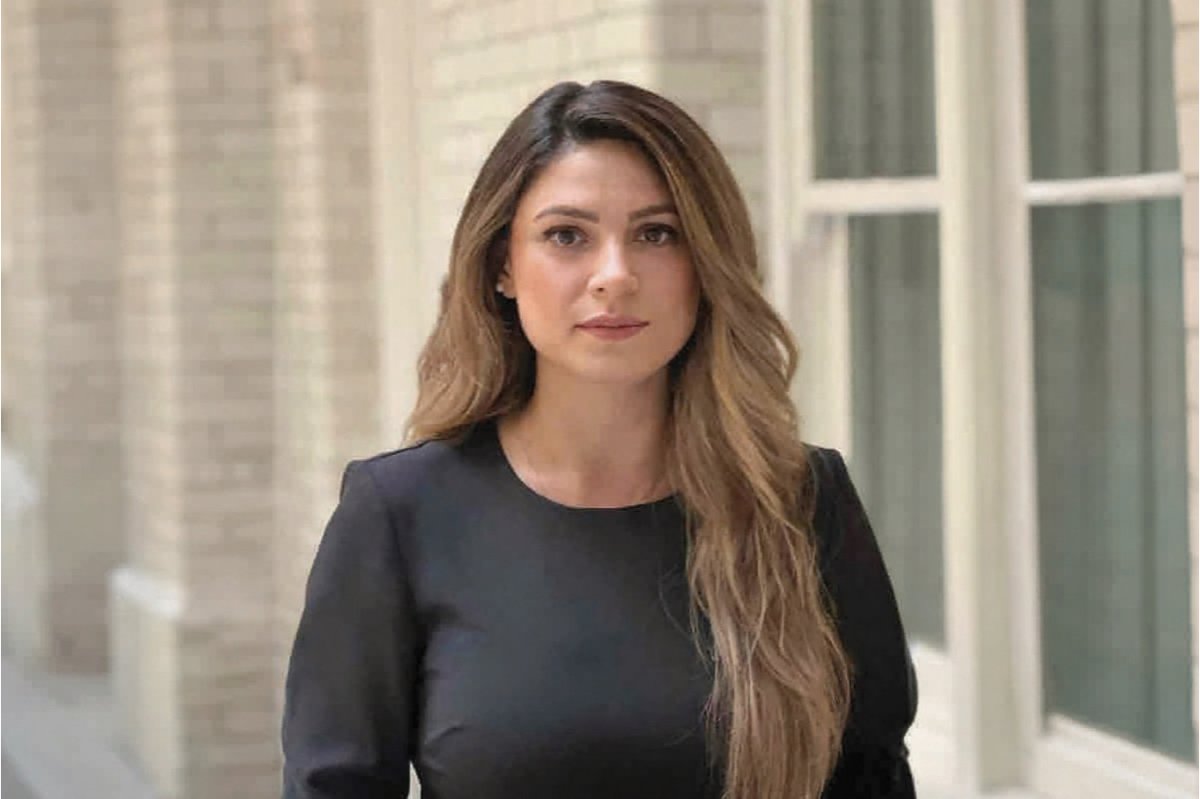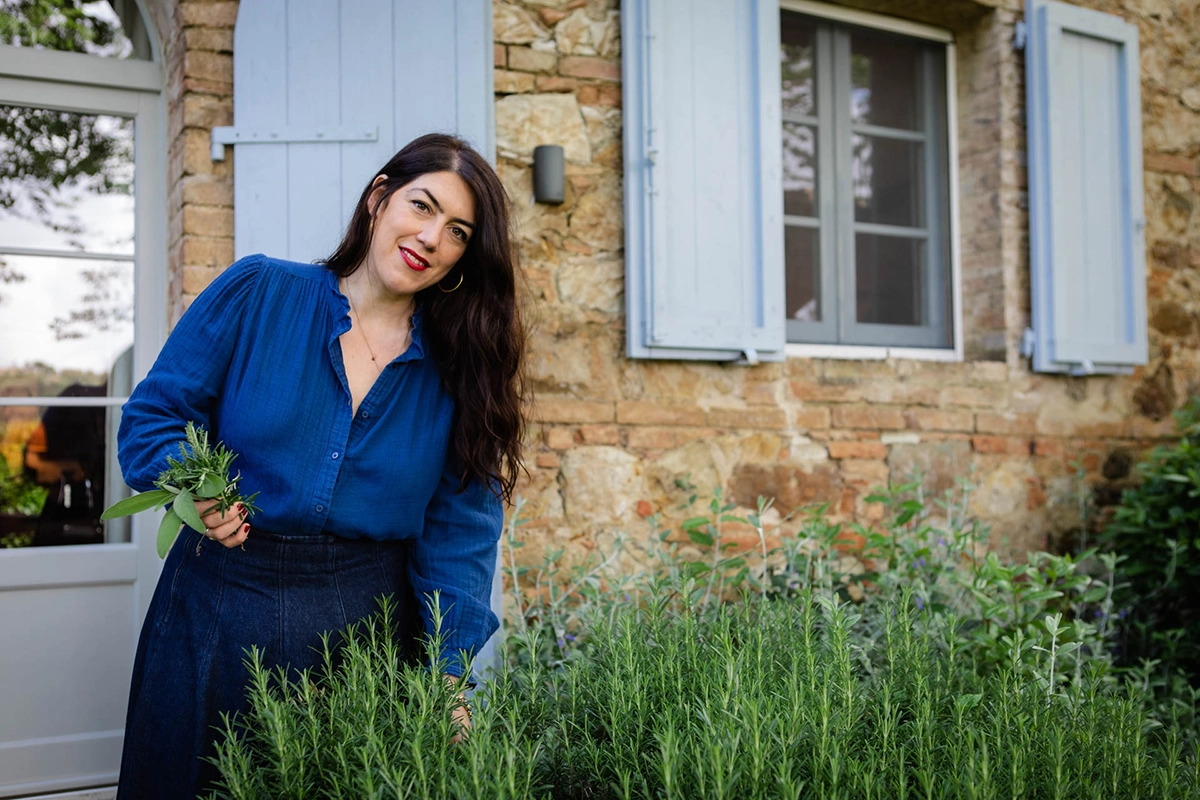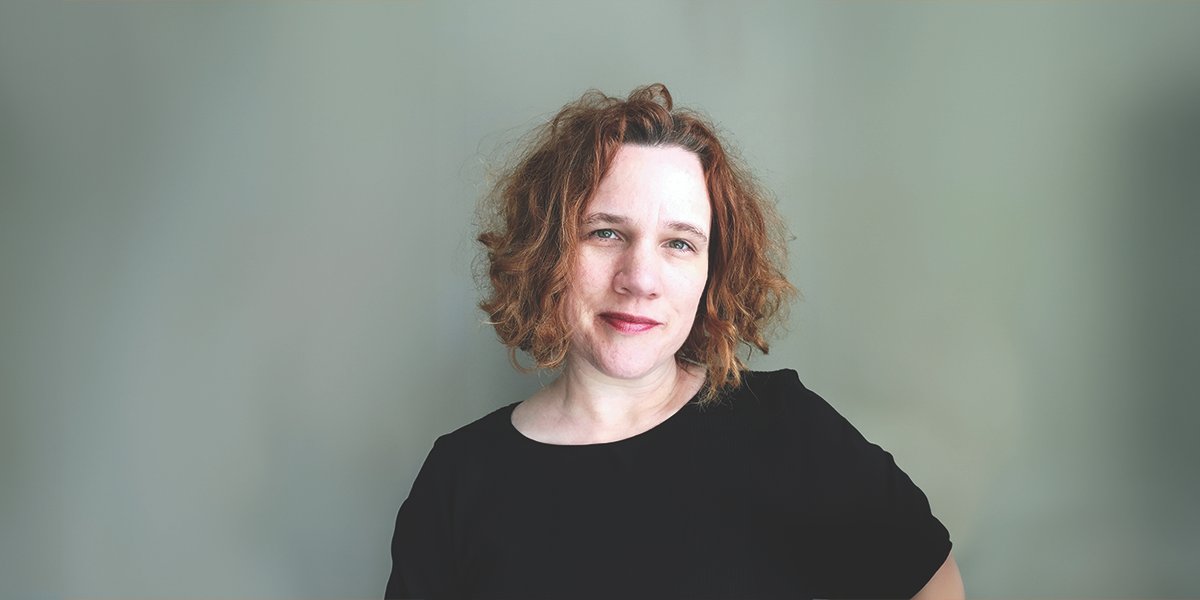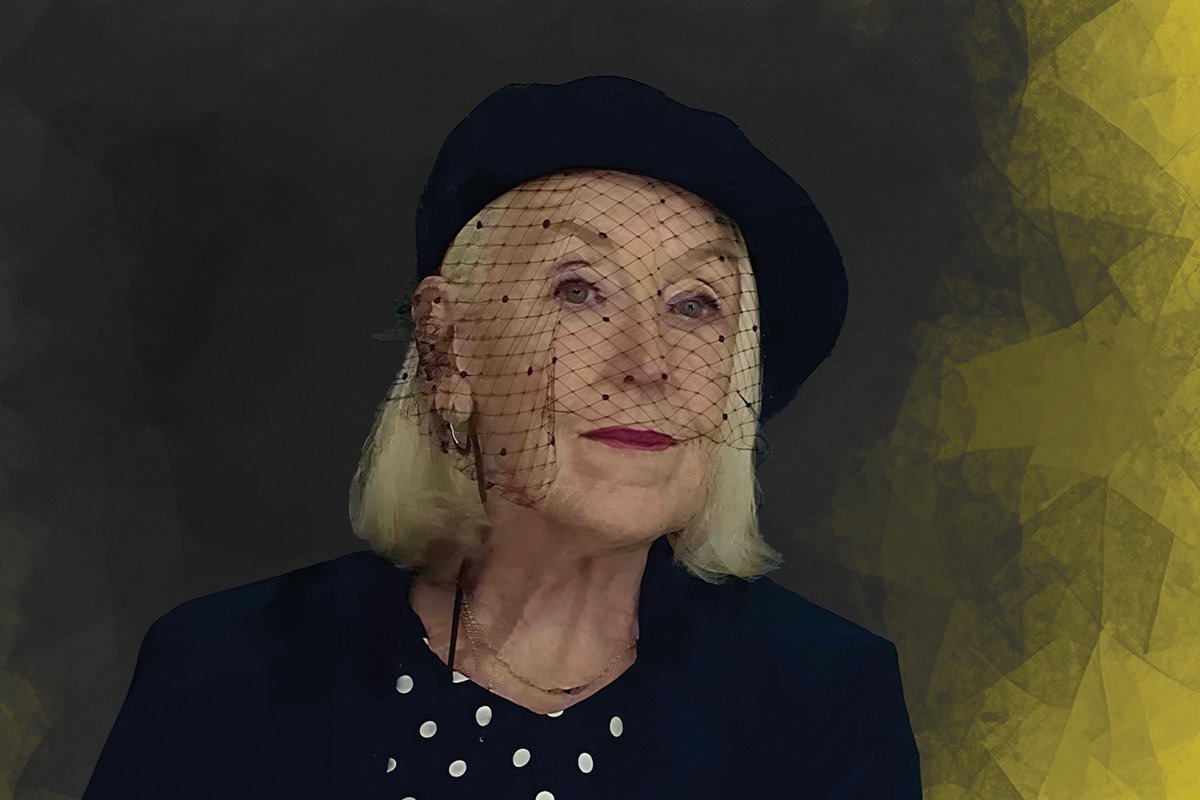Painting the American West – An Interview with John Hughes
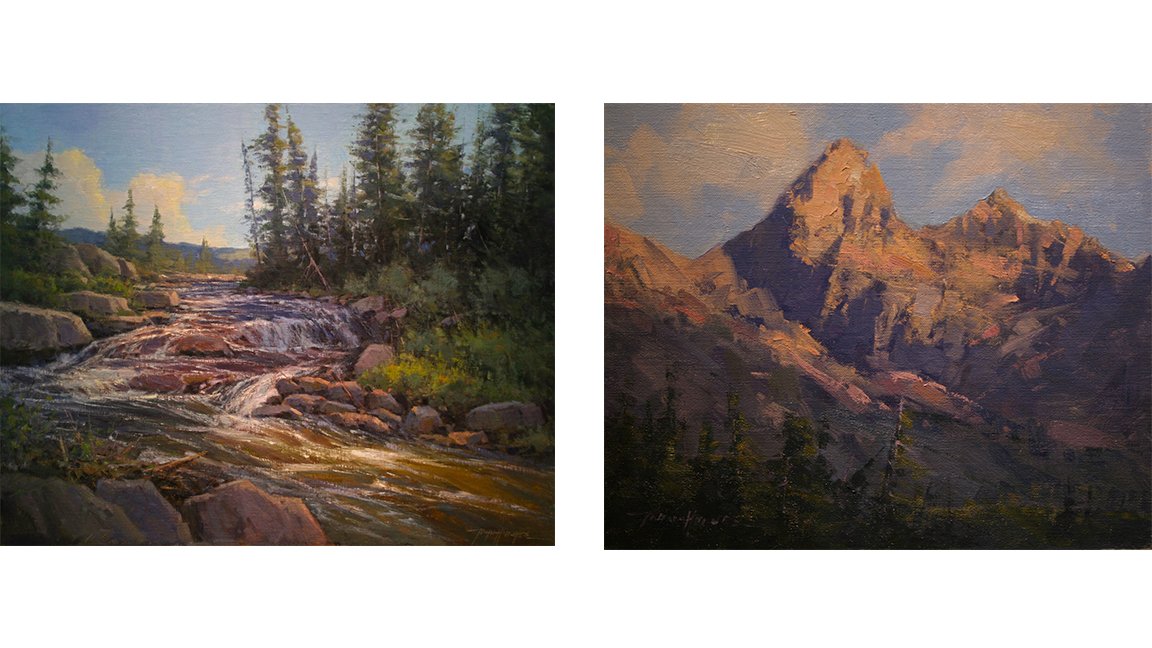
John Hughes discusses his career, his passion for plein air painting, and his insights into teaching and artistic growth
In this interview, John Hughes shares his lifelong passion for landscape painting, his teaching philosophy, and how his personal experiences have influenced his artistic growth and connection to nature.
John Hughes is a master of capturing the soul of the landscape. With over 40 years of experience, Hughes has become a significant figure in American impressionism, revered for his ability to convey light, atmosphere, and the raw beauty of nature in his plein air paintings. His evocative depictions of the American West, from the rugged peaks of Utah to the serene expanses of Wyoming, invite viewers to step into his world and experience a connection with nature that transcends the canvas. A Signature Member of the American Impressionist Society and Plein Air Painters of Utah, Hughes’ work has been featured in numerous prestigious galleries and publications, affirming his place in the contemporary art world.
As both an artist and a dedicated instructor, Hughes’ influence extends far beyond his own body of work. He has inspired countless students with his unique approach to teaching landscape painting, emphasizing the importance of light and design as the foundation of artistic expression. His writings on painting have reached an even wider audience, offering invaluable insights and practical advice through nearly one hundred articles published in leading art journals. Hughes’ passion for the art form is undeniable, and his continued exploration of the natural world ensures that his work remains as vibrant and inspiring as ever.
In this exclusive interview with Mosaic Digest Magazine, Hughes reflects on his early experiences painting in New York, his evolution as an artist, and the principles that guide both his creative process and his teachings.
John Hughes is a visionary artist whose mastery of light and design brings the American landscape to life on canvas.
Can you share more about your early experiences painting along the Croton River and how those formative moments shaped your passion for landscape painting?
At around the age of 13 my Mother saw to it that I got a set of oil paints for Christmas. She also supplied several Walter Foster art books to go with it, and I remember being especially interested in the one on landscape painting. After copying several of those, I began to go outdoors on my own to try and capture nature on canvas. My first attempt at painting on location was down on the Croton River near Crotonville New York where we lived at the time. All I remember was the level of frustration which I had at not being able to paint what I saw and the whole thing wound up being a muddy mess! After a few sessions like that, mom enrolled me in painting lessons with a local art teacher whose skill level was so bad that I soon gave up painting altogether throughout jr high and high school. It wasn’t until years later after I was married with a family, that the painting bug grabbed me again; and boy did it grab me!
I was selling solar equipment in Ventura California in a business which was situated on the second floor of a strip mall. The store directly below us was an Aaron Brothers Art Store and one day I wandered in after smelling the aroma of linseed oil and Turpentine while I was on a break. That was 1983 and the day I walked in that store my whole life changed for the better; I haven’t stopped painting since!
As an instructor at Salt Lake Community College and a workshop leader, what key principles or techniques do you emphasize to your students when teaching plein air painting?
My key principles are these: Light and Design are the most important concepts to learn and those two rule over the five tools of painting which are – Drawing, Color, Value, Edges and Brushwork. If you have problems with any of those five areas, the answer will always be found in your understanding of Light and Design.
How has your style and approach to painting evolved over your 40 plus years as an artist, especially with your experiences in different locations like California and Utah?
The years have helped me to see the abstract underpinnings of a design more clearly and as a result my brushwork has become much more confident. Nowadays I immerse myself in the painting process, reveling in the here and now, as opposed to the younger me, who was more concerned with getting a finished painting done. Now I don’t worry about that so much, and just trust that the painting process will render satisfactory results. As far as locations to paint, it’s really all the same in terms of executing a scene, whether a seascape, Eucalyptus grove or mountains. I still paint in California on occasion and love the landscapes of both states.
You’ve written numerous articles for various art publications. How has writing about painting influenced your own practice and understanding of the art form?
Teaching and writing about the principles of painting landscapes has been a huge influence on me; I can’t say enough about that! I’m a better artist as well as a better teacher now than when I first started. The writing came about as I developed instructional materials for my classes. That led to more study on my part, and it eventually turned into one article after another in publications like 15 Bytes, Fibonacci Fine Arts Digest and Outdoor Painter, (Plein Air Magazine’s on line newsletter). To date I’ve had close to 100 articles published.
Who are some of the artists or movements that have inspired you throughout your career, and how do they manifest in your work today?
I really think that the early California Plein Air Painters such as Hanson Puthuff, Edgar Payne and Sam Hyde Harris have been some of the most influential, and I had the good fortune in my earlier art career in California to associate with some of their students on occasion. There are certainly others both living and deceased that are too numerous to list here.
What are some upcoming projects or themes you’re excited to explore in your paintings, and do you have any new workshops or classes planned for the future?
I am currently working on a number of larger pieces in the studio and continue to work on location every chance I get. Life doesn’t get any better than that as far as I’m concerned, except for my job as a Grandpa, which I love! I also love nature as well as art, and credit my parents for exposing me to both at a young age in New York State; I owe them both a debt of gratitude! At present I’m working with the Scottsdale Artist’s School as they try to arrange for me to teach a week long workshop in Grand Teton National Park next fall. If all goes well, we’ll make that happen.

